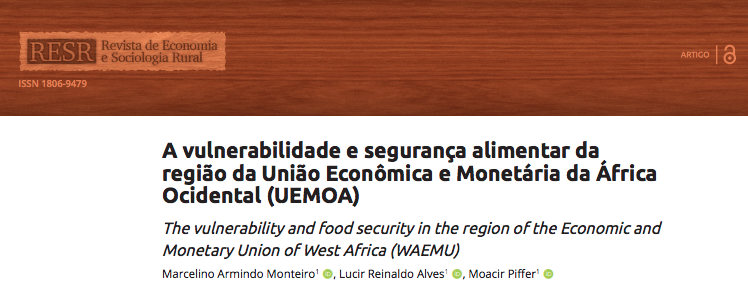Synopsis: Prioritizing value chains for achieving Rwanda’s agrifood system transformation: A diagnostic of the agrifood system
Rwanda’s impressive economic growth over the past two decades has been accompanied by significant structural change in the broad economy and the agrifood system in particular. This note summarizes key results from a recent diagnostic of Rwanda’s agrifood system transformation, examining the effectiveness of productivity-led growth in different agricultural value chains for promoting development outcomes related to poverty, growth, employment, diet quality, and hunger. The findings show that value chains differ in their effectiveness in promoting these different development outcomes.



